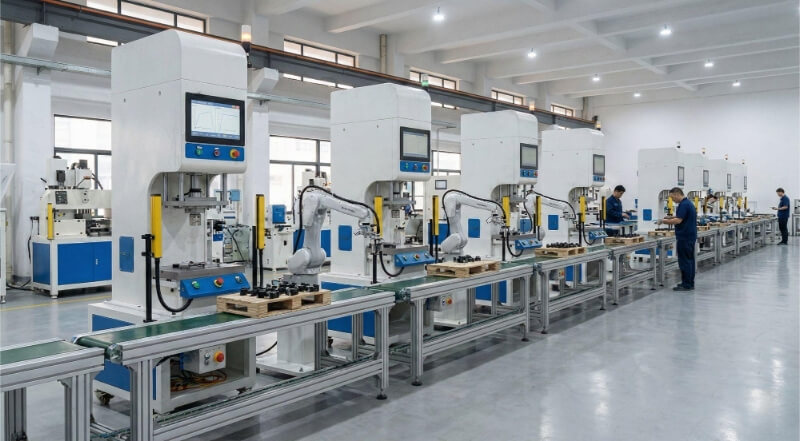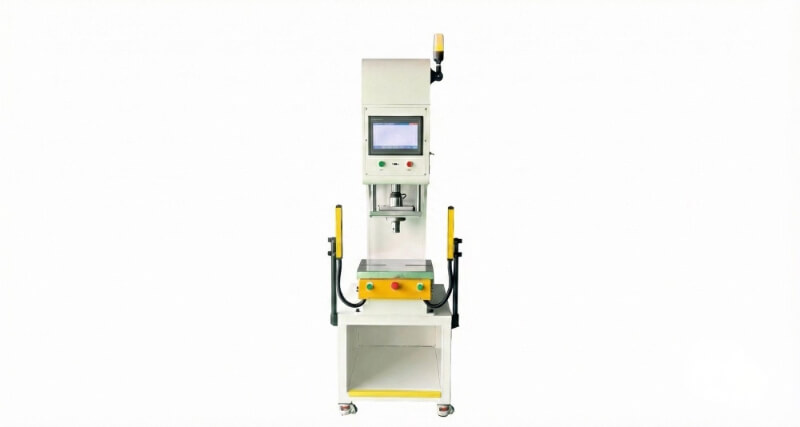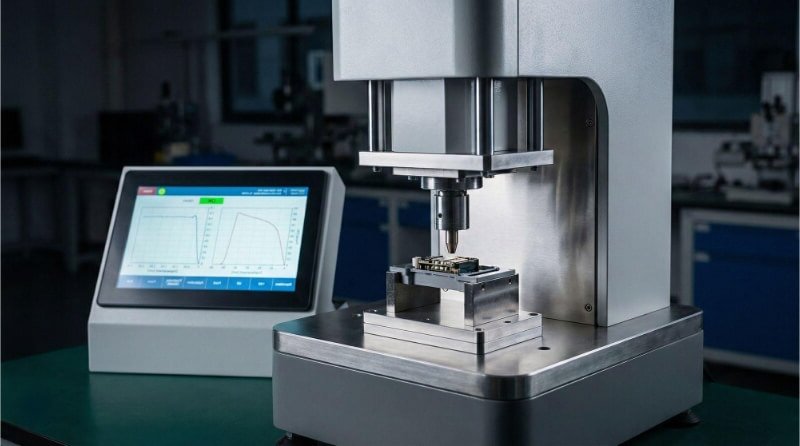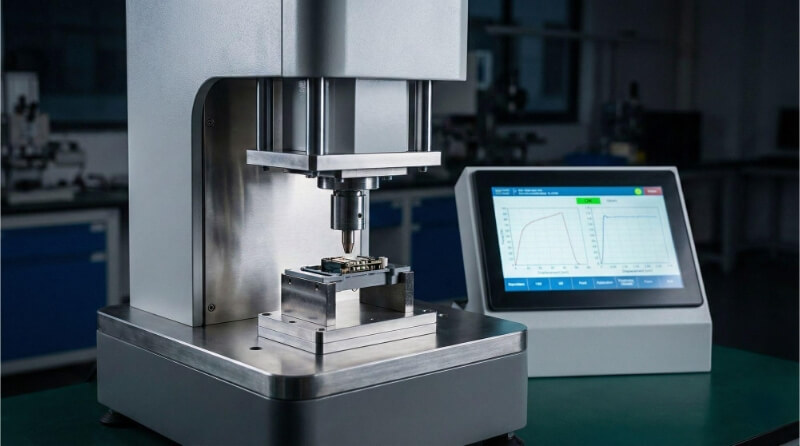Graphite is an important material used in many industries, from aerospace to electronics. Its density directly affects how well it performs. You should understand how this density impacts your product and whether graphite suits your requirements. This article explains clearly why density matters, what the density of graphite is, and how it affects you.
Engineers and designers rely on graphite for specific reasons. Its density influences where and how it can be used. Keep reading to see why this matters in real-world projects.
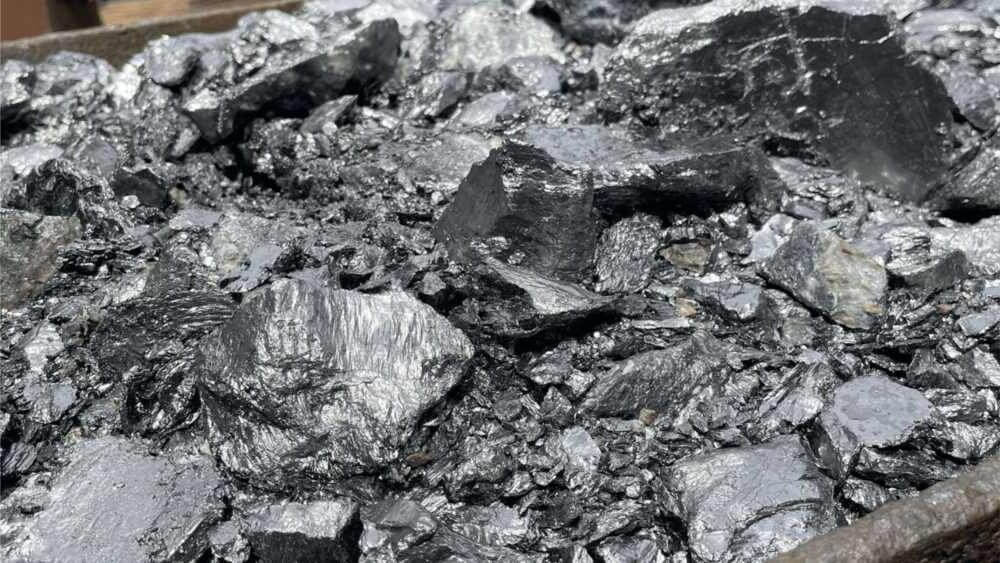
What Is Graphite?
Graphite is a natural form of carbon. It’s soft, dark gray to black, and feels greasy to the touch. It can leave marks on paper and also carry electricity. These features come from how its atoms are arranged.
Graphite stays stable even at very high temperatures. It can handle heat and chemicals without breaking down. It’s lighter than metal but still reasonably strong. Because it has low density, good electrical flow, and strong heat resistance, it’s used in many different industries.
Why Does Graphite’s Density Matter?
Density impacts key properties. Whether you need strength, heat resistance, or conductivity, density plays a key role.
Strength and Durability
Graphite gets stronger when it has a higher density. The carbon layers are packed closer together. This means there are fewer gaps or weak spots inside. As a result, it can handle more pressure and wear.
In demanding jobs—like molds or mechanical seals—low-density graphite might not last. It can crack or break under stress. High-density graphite holds up better and stays reliable for longer.
Heat Resistance
Graphite can take a lot of heat, but how dense it is makes a big difference.
High-density graphite deals with temperature changes more smoothly. It heats up and cools down more evenly, which helps prevent cracking.
Denser graphite keeps its shape and strength over time in places like furnaces, casting tools, and die making. Lower-density graphite may break down faster or lose shape when exposed to extreme heat.
Conductivity
Graphite is good at carrying both electricity and heat, so it’s common in batteries and electrodes.
When graphite has a higher density, more carbon is packed into each part. This makes better contact between atoms, helping electrons and heat move more easily.
Lower-density graphite has more space inside, slowing down the flow of energy. For things like electronics or heat tools, high-density graphite provides more stable and effective performance.
Graphite’s Density Explained
Graphite doesn’t have one fixed density. It changes depending on the type, purity, and production method. Understanding these differences helps you select the right graphite for your use.
Graphite density usually falls between 1.5 and 2.26 grams per cubic centimeter. Below are the main graphite types and their typical density ranges:
Natural Graphite
Natural graphite is mined from the earth. It comes in three main types:
Amorphous graphite
Density: 1.6–1.9 g/cm³
It has a delicate, powdery texture and lower conductivity. Commonly used in lubricants and coatings.
Flake graphite
Density: 1.9–2.1 g/cm³
It has a clear layered structure, good strength, and conductivity. Widely used in batteries, brake linings, and heat-resistant products.
Vein graphite
Density: up to 2.2 g/cm³
It’s rare and highly pure. Excellent conductivity makes it suitable for advanced applications like electronic components.
Natural graphite usually contains impurities and needs extra processing to reach the desired quality.
Synthetic Graphite
Synthetic graphite is produced by heating carbon-rich materials under controlled conditions. It offers better consistency and fewer impurities.
Density typically ranges from 1.7 to 2.3 g/cm³:
Low-density synthetic graphite (1.7–1.9 g/cm³)
Used for lightweight products where reducing weight matters.
High-density synthetic graphite (1.9–2.3 g/cm³)
Preferred for demanding applications, such as molds, tooling, and parts used in high-temperature environments.
Expanded and Flexible Graphite
Expanded graphite: Density around 0.2–0.5 g/cm³
It is made from treated natural flake graphite. It is light and porous and is used mainly for thermal insulation.
Flexible graphite: Density around 1.0–1.8 g/cm³ (depending on compression)
Produced by compressing expanded graphite into sheets. It’s used for gaskets, seals, and chemical-resistant components.
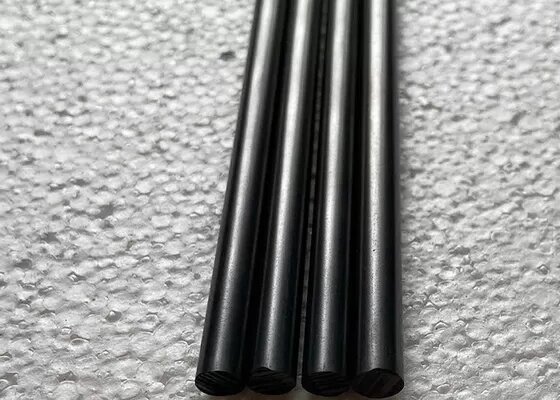
Measuring the Density of Graphite
To ensure graphite meets your project needs, you need to measure its density accurately. There are a few standard methods for doing this, each with its strengths. Below, we look at three popular techniques.
Archimedes’ Principle
Archimedes’ principle is one of the simplest ways to measure graphite density. It works by checking how much water an object displaces.
First, weigh the graphite sample dry. Next, please put it in water and record the change in water level or weight. The difference shows the graphite’s volume. Divide the dry weight by the volume, and you get the density.
This method is quick and affordable. It’s best for larger, solid graphite pieces. Small or porous samples may give less accurate results because water can get trapped inside.
Helium Pycnometry
A helium pycnometer is more accurate. It uses helium gas instead of water. Helium atoms are small enough to fill even tiny pores, giving a precise measure of volume.
The graphite sample is placed in a sealed chamber. Helium gas fills the chamber, entering every tiny gap. The device measures how much gas it takes to fill the space. This shows the graphite’s actual volume. Dividing the sample’s mass by this volume gives an accurate density.
This method is excellent for porous or irregular-shaped graphite samples. It’s widely used in labs when accuracy matters most.
X-ray and Ultrasonic Testing
X-ray and ultrasonic testing measure density indirectly. They analyze graphite’s internal structure and detect voids or impurities.
X-ray testing uses radiation to pass through graphite. Denser areas block more X-rays, creating an image that shows internal structure clearly. You can quickly see differences in density and quality.
Ultrasonic testing sends sound waves through graphite. Sound moves faster through denser materials and slower through porous or uneven areas. Measuring how fast sound moves through the graphite can show changes in density and internal flaws.
Both methods are non-destructive. They are excellent for checking graphite parts that must meet strict quality controls.
Factors Influencing Graphite’s Density
Several factors affect how dense a piece of graphite is. Here’s what changes how heavy or light graphite is:
Crystal Structure
Graphite is made of flat layers of carbon atoms. How these layers stack affects the density. If the layers are packed closely together, the density goes up. If the layers are spaced out, the density is lower.
Synthetic graphite is often made with a tighter, more controlled structure. This reduces gaps between layers and increases density. Natural graphite has more variation, so its density can change more from one piece to another.
Pore Size
Pores are tiny empty spaces inside the material. More or bigger pores lower the density, while fewer or smaller pores increase it.
Good compaction during production helps reduce pores, making the graphite stronger and more reliable. Controlling pore size is especially important for parts that need high accuracy.
Particle Size
The size of the graphite particles also matters. Small particles can pack closer together, raising the density. Large particles leave more space, lowering the density.
Particle size also affects the surface’s smoothness and ease of machine operation. Finer particles are often used when a clean finish or tight size limits are required.
Molded Graphite
Molded graphite is made by pressing graphite powder into a shaped mold. The pressure and heat used during this step affect how dense the final part will be.
High pressure helps the particles stick together better, reducing empty space and increasing strength. Molded graphite is often chosen for tools, dies, and EDM electrodes because it’s strong and holds its shape well.
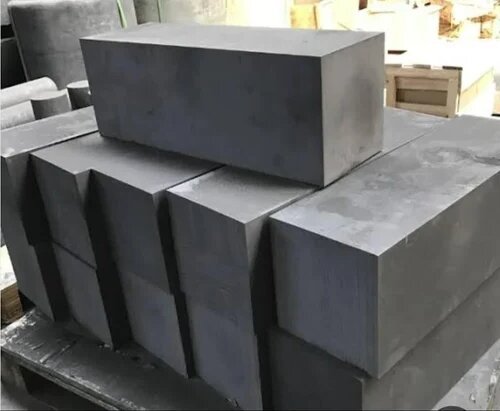
Comparing the Density of Diamond and Graphite
Diamond and graphite are both made of carbon, but their densities are very different. This difference comes from how their atoms are arranged.
In diamonds, each carbon atom is bonded to four other atoms in a tight 3D structure. This structure is very compact and strong, leaving little empty space between atoms. The result is a high density, around 3.51 g/cm³.
Graphite, on the other hand, has a layered structure. Each carbon atom bonds to three others in flat sheets stacked with weak forces between them, leaving more space between layers.
So, even though both are pure carbon, diamond is much denser. Its tighter atomic structure explains why it’s also more rigid and more durable than graphite.
Modifying Graphite’s Density
Graphite’s density isn’t fixed—it can be adjusted during manufacturing. The correct method depends on how the graphite will be used.
Techniques to Increase Density
The goal of making graphite denser is to remove space inside the material. This is usually done by squeezing the material tighter or adding extra carbon to fill in the gaps. Here are two common ways to do that:
High-Pressure Processing
In this method, graphite powder is pressed into a mold under high pressure. Then it’s heated in a furnace—the pressure and heat work together to close up the gaps and hold everything tightly in place.
This process makes graphite stronger and more solid. It’s often used for graphite parts like molds, dies, and other components that need to handle high stress and last a long time.
Chemical Vapor Deposition (CVD)
CVD uses gas to add carbon to the graphite. A gas like methane is heated in a chamber. When it touches the graphite surface, carbon atoms from the gas settle into the tiny pores.
This fills the gaps without changing the part’s shape. It also makes the graphite more challenging and more wear-resistant. CVD-treated graphite is used in fields like aerospace and electronics where performance really matters.
Techniques to Decrease Density
In some cases, low density is better. If the part needs to be lightweight or work as an insulator, adding more pores on purpose helps.
To create porous graphite, the powder is packed loosely or mixed with materials that burn away during heating. This leaves behind small air spaces inside the material.
Porous graphite is great for filters, heat shields, and soundproof parts. It’s lightweight, handles heat well, and is easy to shape. While it’s not as strong, it works well when saving weight or adding flexibility is more important.
Conclusion
Graphite’s density plays a key role in how it performs in real-world applications. It affects strength, weight, conductivity, and heat resistance. The density varies widely—between 1.5 and 2.26 g/cm³—depending on the type, structure, and processing methods. By understanding the factors that change density, you can better match the correct kind of graphite to your product or project needs.
Looking for the right graphite parts or custom fabrication support? Send us your drawings or project specs, and we’ll help you find the best solution quickly and reliably.
Hey, I'm Kevin Lee

For the past 10 years, I’ve been immersed in various forms of sheet metal fabrication, sharing cool insights here from my experiences across diverse workshops.
Get in touch

Kevin Lee
I have over ten years of professional experience in sheet metal fabrication, specializing in laser cutting, bending, welding, and surface treatment techniques. As the Technical Director at Shengen, I am committed to solving complex manufacturing challenges and driving innovation and quality in each project.

